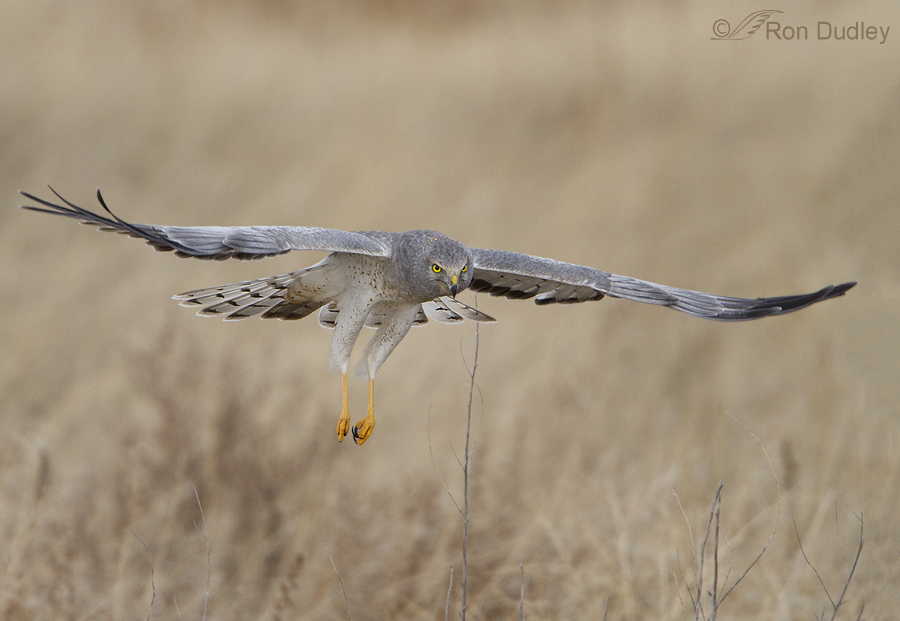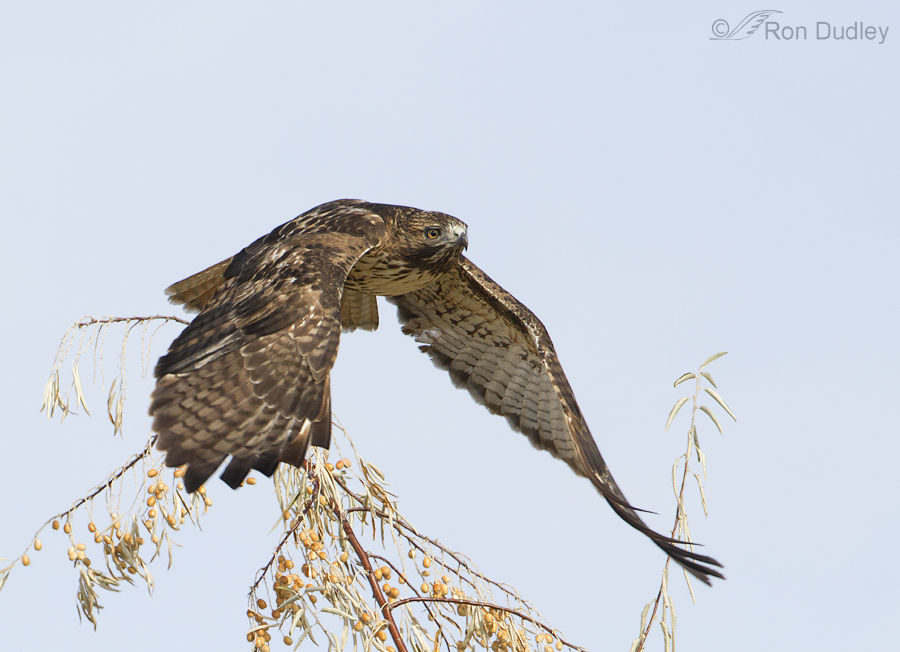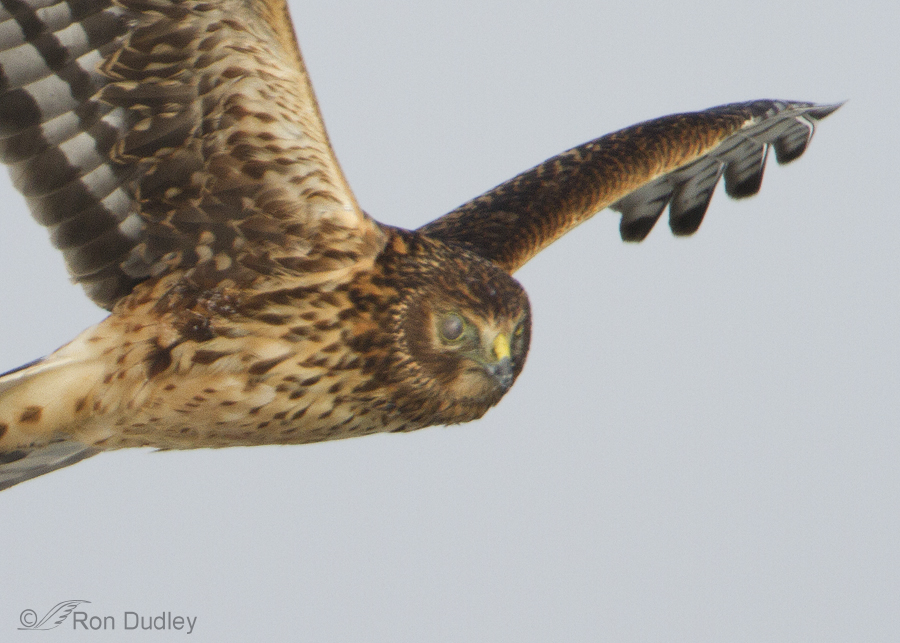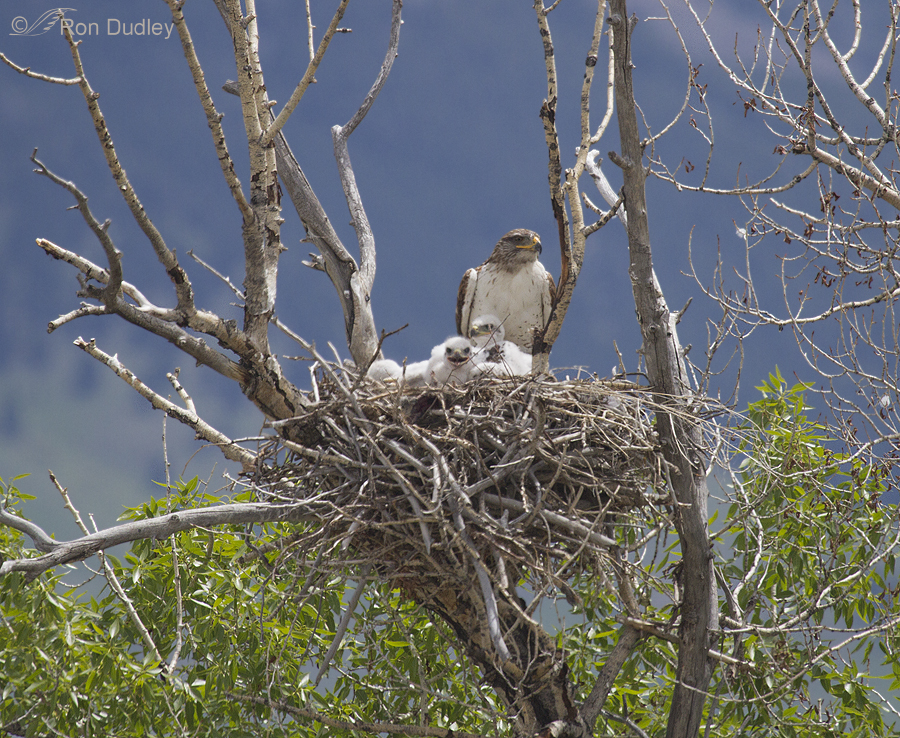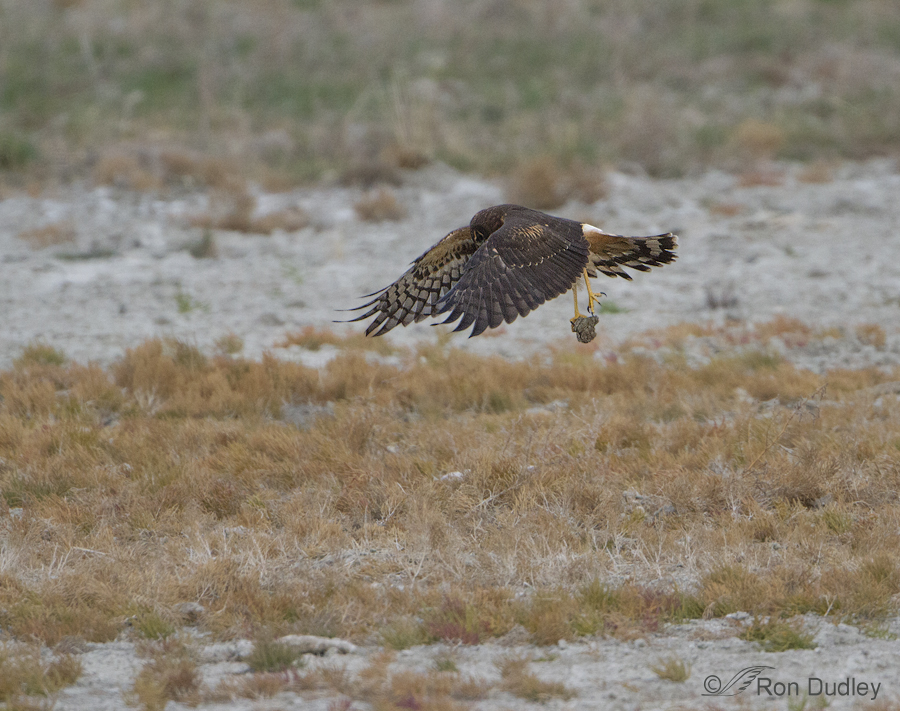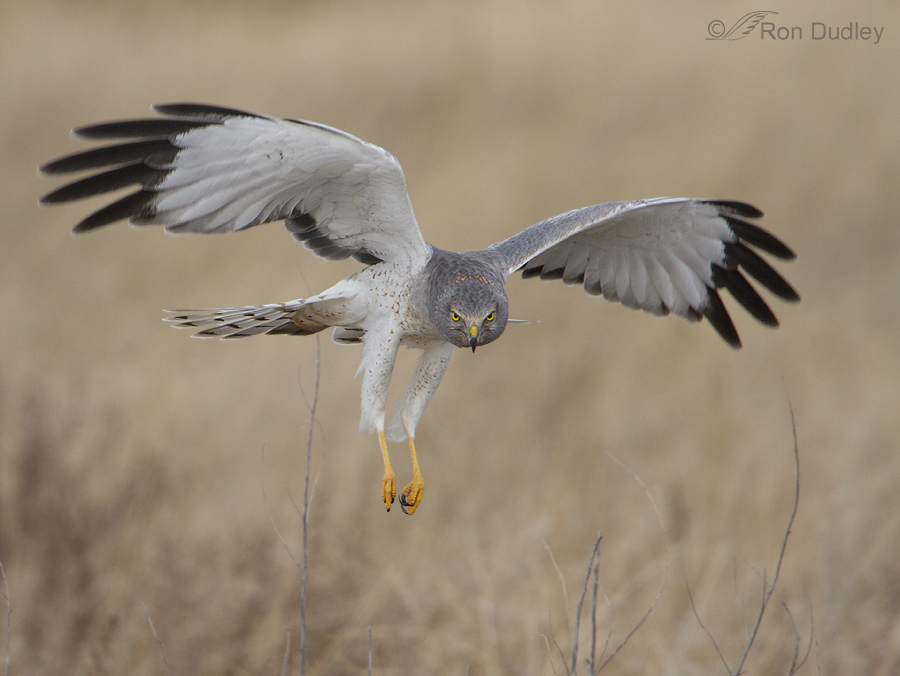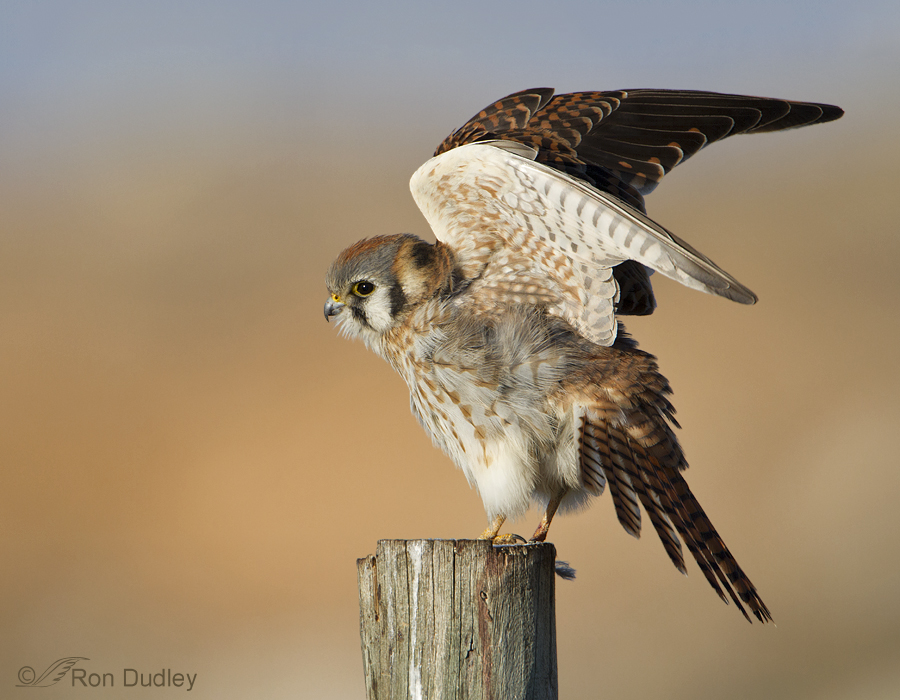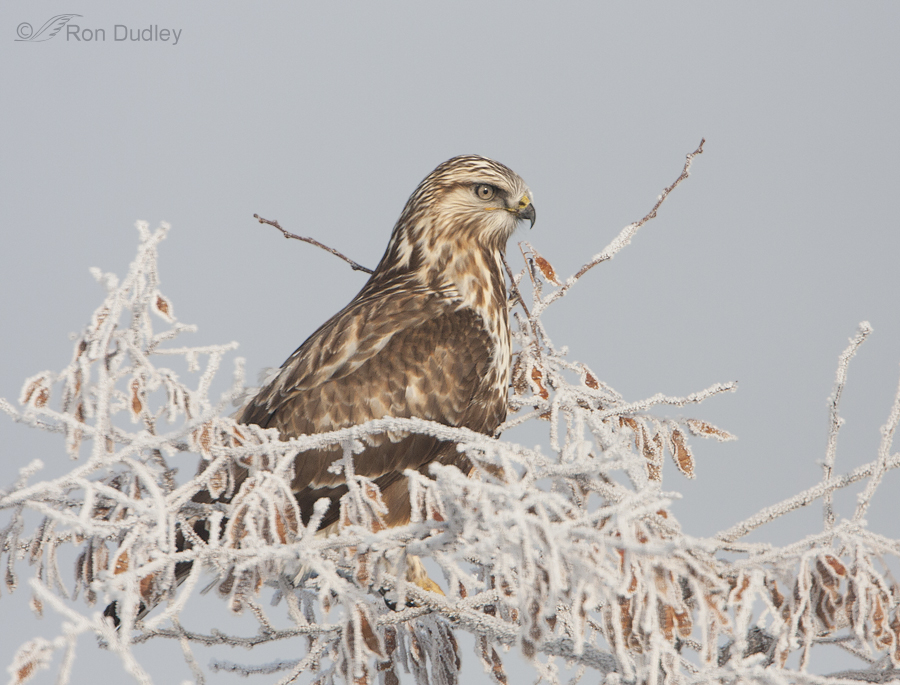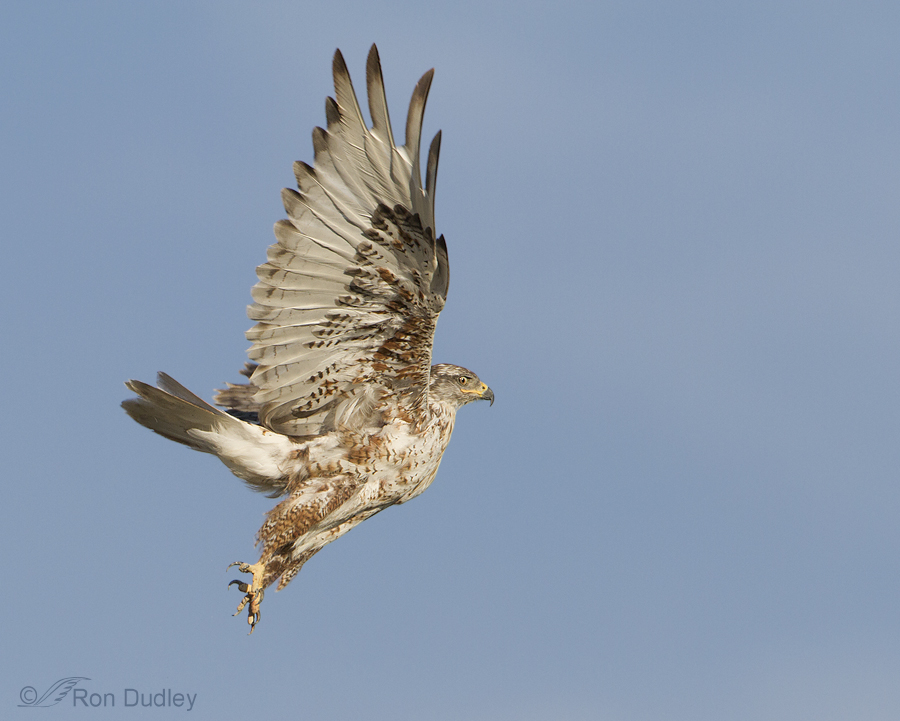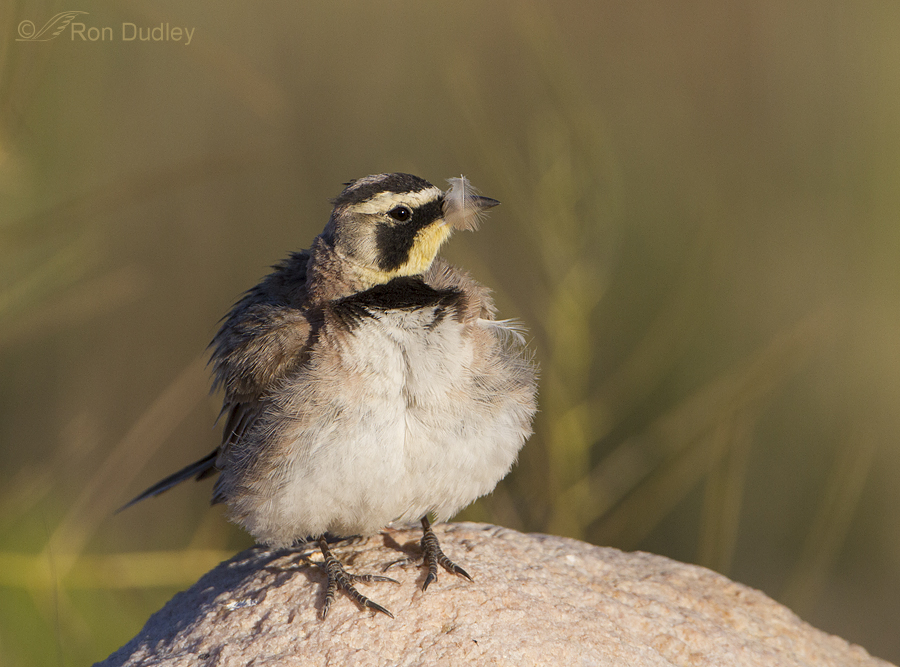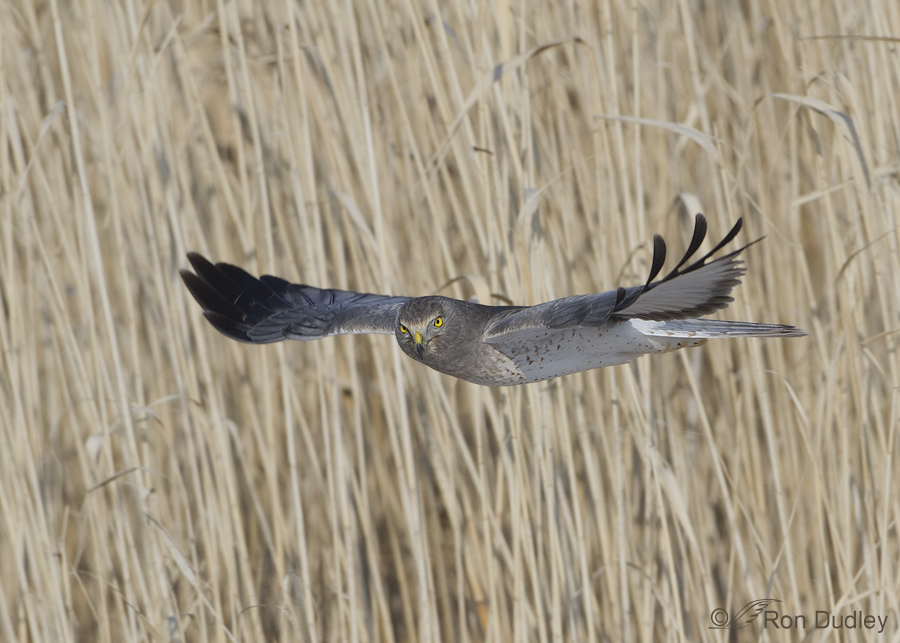Category: Diurnal Raptors
You Never Know In What Direction A Raptor Will Take Off
Reminiscing About My Last Montana Camping Trip
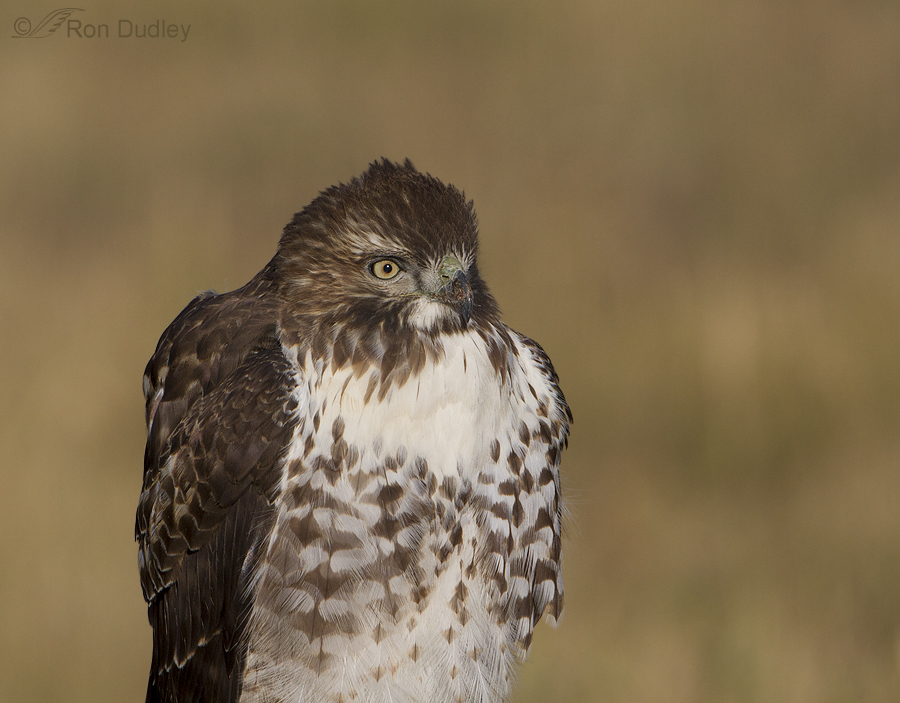
My plan this morning was to make a simple, single image post but with a snowstorm predicted for today I began to reminisce about my last Montana camping venture and decided to take a trip down memory lane with this post. I hoped to make one last visit to Montana before winter set in but I’ve now faced the grim reality that it just isn’t going to happen. These images were all taken in mid-September in and near the Centennial Valley.
Eye Defects In Raptors
The Supracoracoideus – An Ingenious Adaptation For Flight
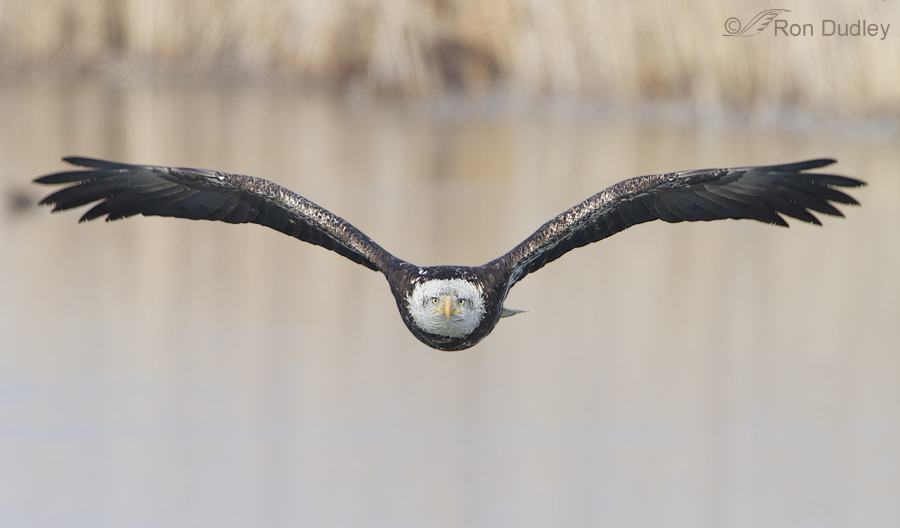
When I was teaching high school zoology I was fascinated by the many adaptations of birds for flight. Still am. One of them is a unique muscle arrangement that allows the return stroke of the wing while maintaining aerodynamic stability. I hope you’ll allow me a little change in direction with today’s post as I attempt to explain and illustrate one of the anatomical adaptations of birds for flight.
Ferruginous Hawk Nests
Northern Harrier “Playing”
A Menacing Look From A Male Northern Harrier
Is A Hawk Capable Of “Planning”?
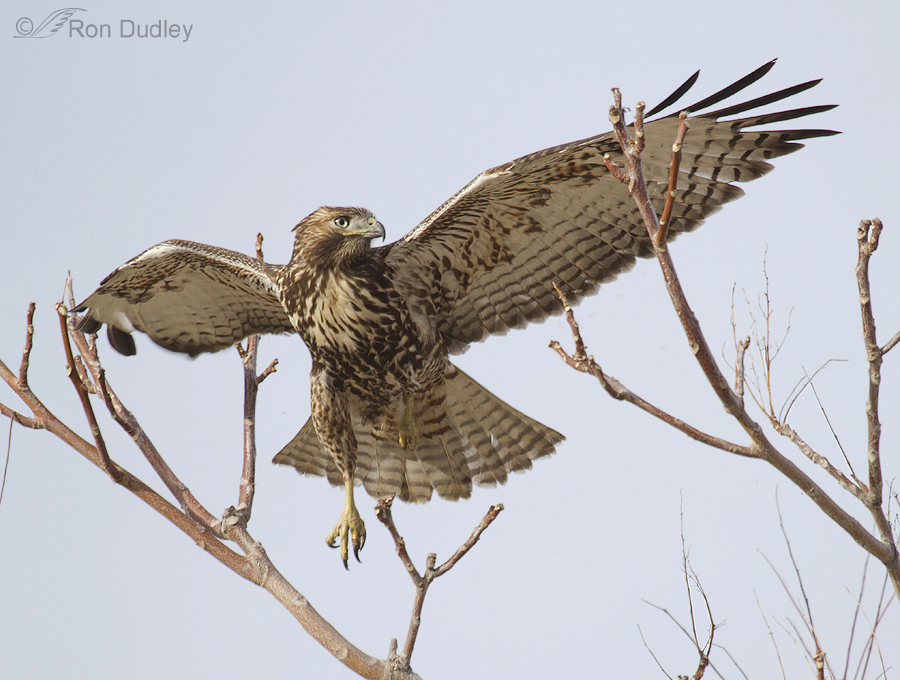
I sometimes see hawks buried so deeply in trees that I can’t help but wonder how they’re going to fly out without injury or at least feather damage. They occasionally appear to “think” about their escape route just before take-off, which implies “planning”. Some images I took yesterday brought the question to mind once again – are hawks capable of “planning”?
The Many Moods Of A Female American Kestrel
Frosty Rough-legged Hawk
Ferruginous Hawks Hunting From Power Poles
Birds Befuddled By Stray Feathers
West Desert Red-tail In Flight
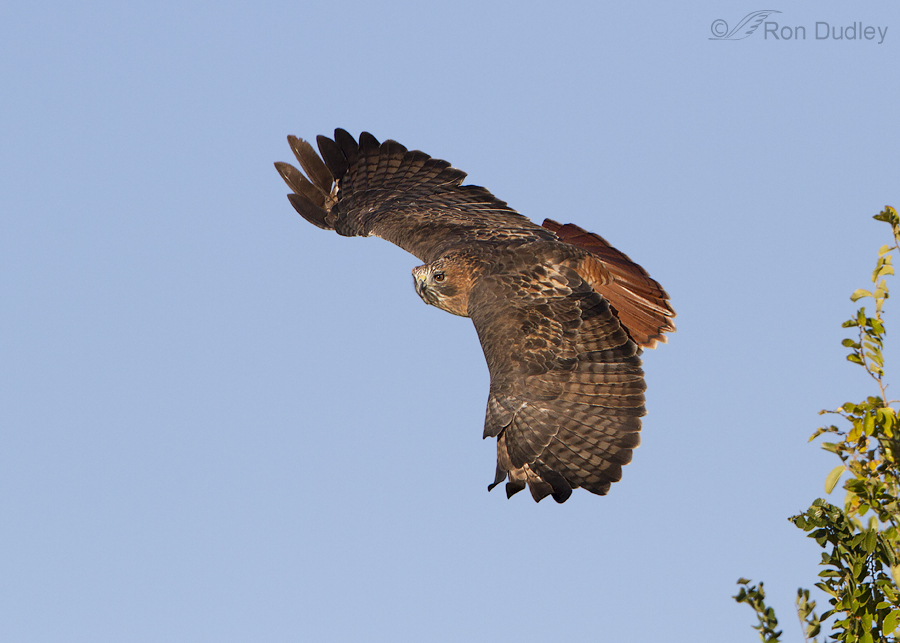
Last month we ventured out into the west desert in an attempt to locate and photograph buteos and Golden Eagles. With the exception of one adult Red-tailed Hawk and a (mostly uncooperative) Golden Eagle who let us get close it was largely a frustrating morning.
The red-tail was perched in a tree that was swaying in the wind and it was quite entertaining to watch it rockin’ and rollin’ as it attempted to remain stable on its unstable perch.
Male Northern Harrier In Flight – A Lucky Shot
You Never Know In What Direction A Raptor Will Take Off
Reminiscing About My Last Montana Camping Trip

My plan this morning was to make a simple, single image post but with a snowstorm predicted for today I began to reminisce about my last Montana camping venture and decided to take a trip down memory lane with this post. I hoped to make one last visit to Montana before winter set in but I’ve now faced the grim reality that it just isn’t going to happen. These images were all taken in mid-September in and near the Centennial Valley.
Eye Defects In Raptors
The Supracoracoideus – An Ingenious Adaptation For Flight

When I was teaching high school zoology I was fascinated by the many adaptations of birds for flight. Still am. One of them is a unique muscle arrangement that allows the return stroke of the wing while maintaining aerodynamic stability. I hope you’ll allow me a little change in direction with today’s post as I attempt to explain and illustrate one of the anatomical adaptations of birds for flight.
Ferruginous Hawk Nests
Northern Harrier “Playing”
A Menacing Look From A Male Northern Harrier
Is A Hawk Capable Of “Planning”?

I sometimes see hawks buried so deeply in trees that I can’t help but wonder how they’re going to fly out without injury or at least feather damage. They occasionally appear to “think” about their escape route just before take-off, which implies “planning”. Some images I took yesterday brought the question to mind once again – are hawks capable of “planning”?
The Many Moods Of A Female American Kestrel
Frosty Rough-legged Hawk
Ferruginous Hawks Hunting From Power Poles
Birds Befuddled By Stray Feathers
West Desert Red-tail In Flight

Last month we ventured out into the west desert in an attempt to locate and photograph buteos and Golden Eagles. With the exception of one adult Red-tailed Hawk and a (mostly uncooperative) Golden Eagle who let us get close it was largely a frustrating morning.
The red-tail was perched in a tree that was swaying in the wind and it was quite entertaining to watch it rockin’ and rollin’ as it attempted to remain stable on its unstable perch.


